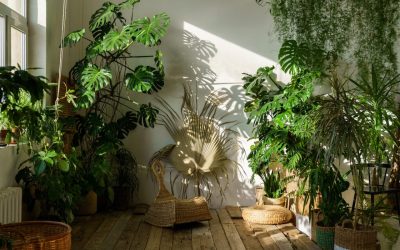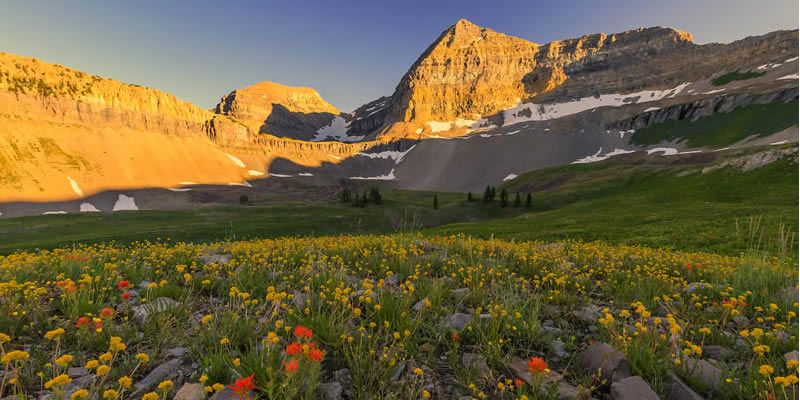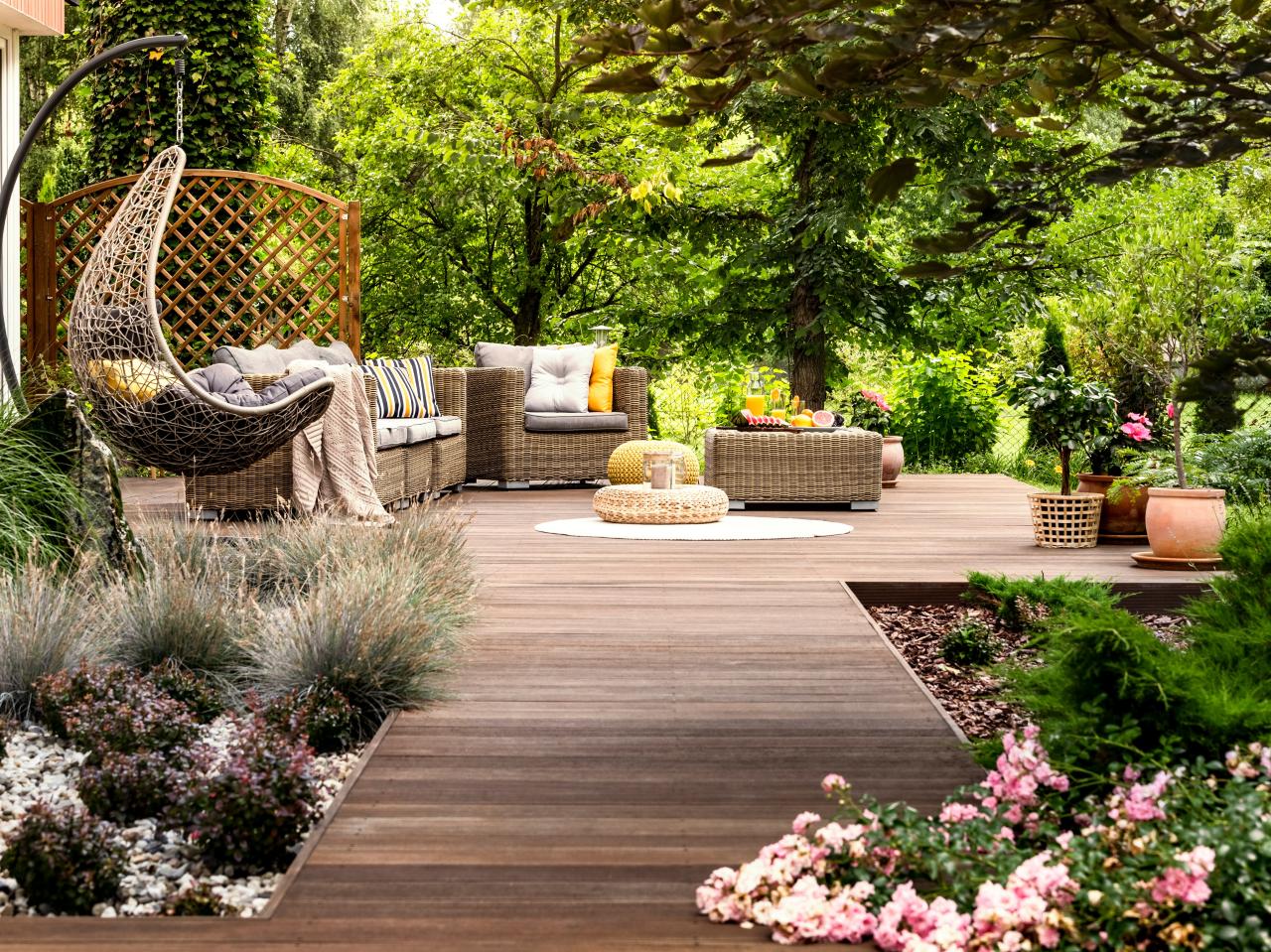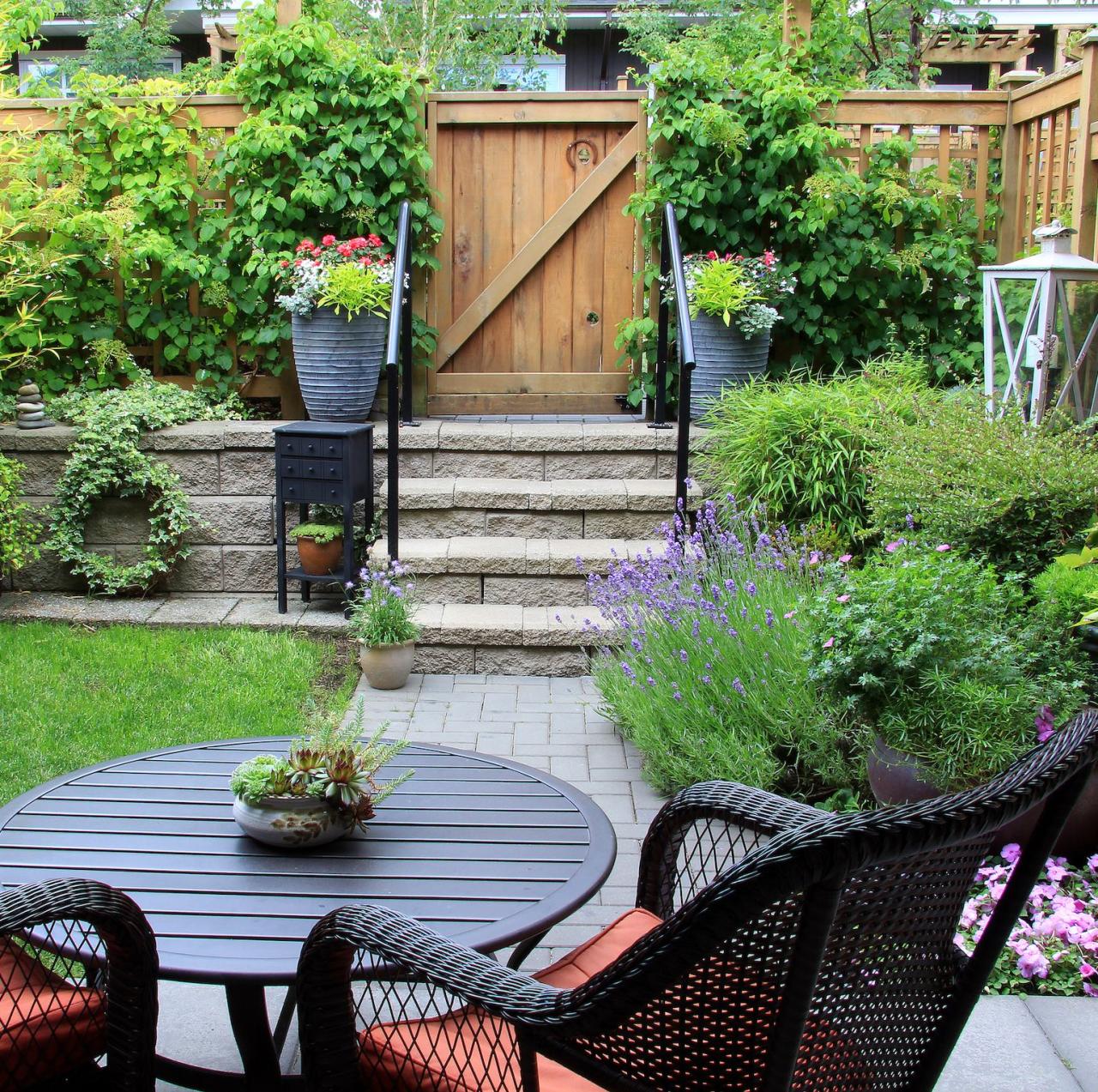Sustainable Landscapes: Green Design for a Better Future

In an era marked by environmental consciousness and a growing commitment to reducing our carbon footprint, sustainable landscapes have emerged as a powerful and innovative way to contribute to a better future. These landscapes represent a harmonious blend of eco-friendly design, conservation, and functionality. In this article, we will delve into the concept of sustainable landscapes and how they are shaping our world for the greener, more eco-conscious future.
- Preserving Ecosystems:Sustainable landscapes aim to coexist with, and even enhance, the surrounding ecosystems. Rather than disrupting natural habitats, these landscapes seek to preserve biodiversity by using native plants, providing wildlife habitats, and creating microenvironments that support local species.
- Water Efficiency:One of the core principles of sustainable landscape design is water efficiency. It involves responsible water management through practices like rainwater harvesting, the use of drought-tolerant plants, and the implementation of efficient irrigation systems that minimize water wastage.
- Reducing Chemical Inputs:Sustainable landscapes prioritize the use of organic and chemical-free gardening practices. By avoiding harmful pesticides and fertilizers, they protect the environment, soil, and water resources from contamination.
- Soil Health:Healthy soil is vital for plant growth and sustainability. Sustainable landscapes focus on improving soil quality through techniques like composting, mulching, and avoiding soil compaction, which contributes to better plant growth and resilience.
- Energy Efficiency:Careful planning in landscape design can reduce the need for energy-consuming elements like extensive lighting and heating. Smart placement of trees and hardscapes can provide shade, windbreaks, and temperature control for both outdoor and indoor spaces.
- Recycling and Reuse:Sustainable landscapes encourage the use of recycled or reclaimed materials for hardscaping, furniture, and garden elements. This reduces the demand for new resources and minimizes waste in landfills.
- Urban Heat Island Mitigation:Urban areas tend to have higher temperatures due to the heat island effect. Sustainable landscapes incorporate shade trees and reflective surfaces to reduce heat absorption, helping to cool down urban environments.
- Wildlife-Friendly Habitats:Sustainable landscapes include elements that attract and support local wildlife, such as bird feeders, bird baths, and nectar-rich plants. These habitats encourage biodiversity and create a thriving ecosystem within urban and suburban areas.
- Community Benefits:Sustainable landscapes provide social benefits by creating green spaces for communities to enjoy. Accessible parks, green roofs, and communal gardens improve the quality of life for residents while promoting a sense of unity and well-being.
- Educational Opportunities:Sustainable landscapes offer educational opportunities for homeowners, schools, and communities. They serve as living examples of eco-friendly practices and inspire individuals to adopt greener lifestyles.
Conclusion:
Sustainable landscapes are not just about creating beautiful outdoor spaces but about redefining the relationship between humans and nature. These landscapes offer a glimpse into a better future, where our environmental impact is minimized, and the natural world is respected and preserved. By embracing the principles of sustainability, we can collectively create a world in which our landscapes do more than just please the eye; they also serve as a blueprint for a greener, healthier, and more eco-conscious future. Sustainable landscapes are the green path to a better tomorrow, providing a canvas upon which we can paint a more harmonious and sustainable world.




